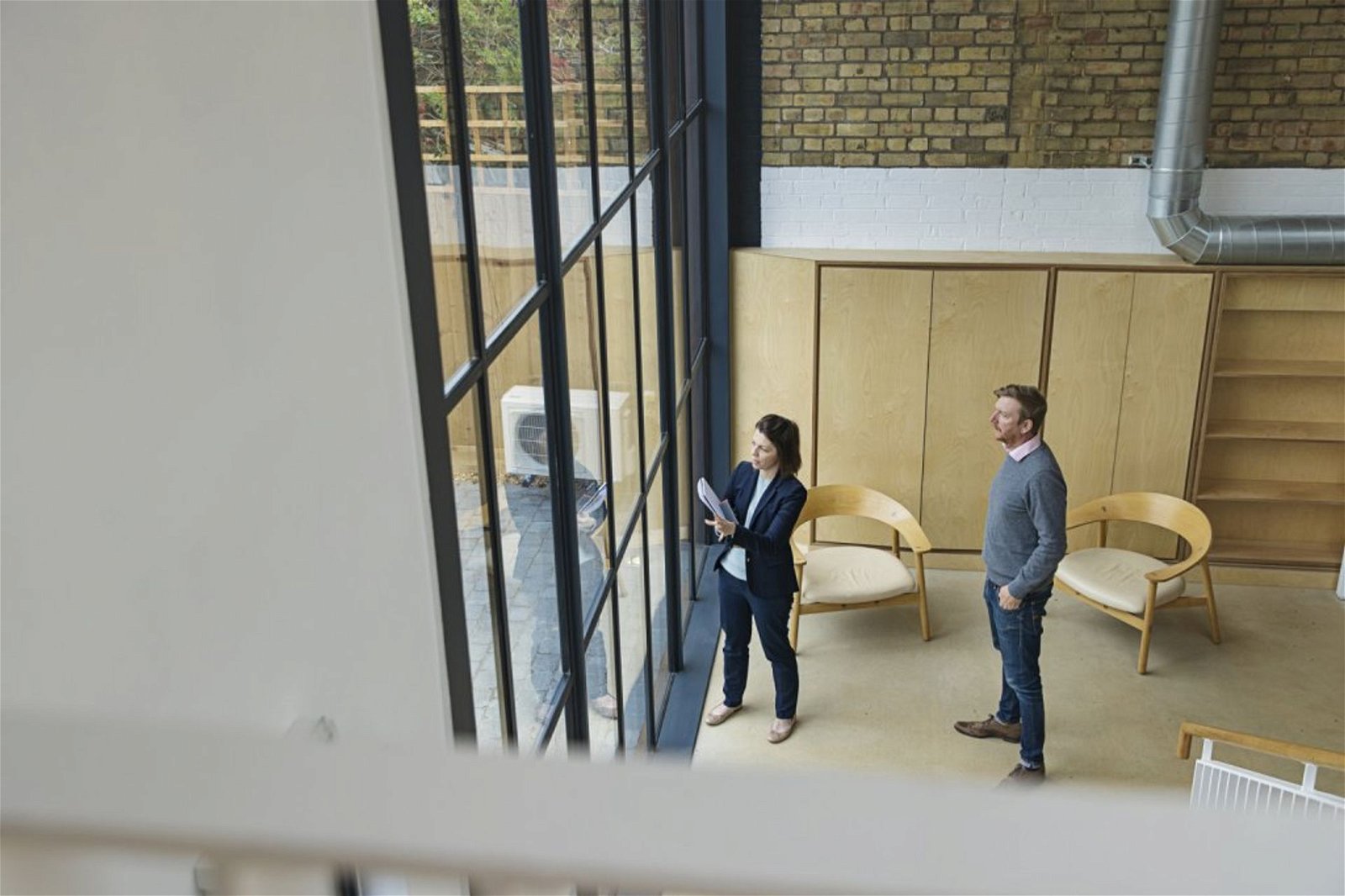Coldwell Banker Commercial Market Summaries: Blog Post

As we all know, 2020 was an incredibly challenging year. A variety of industries were greatly impacted by the changes present by the COVID-19 pandemic, commercial real estate included. For the first time, employees started working from home, meetings were hosted via zoom, and all events were cancelled. As the economy stalled, many businesses and property owners found themselves negotiating with both tenants and lenders on rent relief and loan modifications.
While the pandemic accelerated trends that were already taking place in retail, it upended the strong momentum in the office and hospitality sectors as well as urban markets. These trends will likely continue in 2021 and reshape what buyers, owners, tenants, and residents may ultimately want to occupy. CBC shares the following market summaries for industrial, retail, multifamily, office, suburban markets, medical offices, and property management to provide a glance of the key drivers and trends shaping those property types.
Industrial
Ecommerce will continue to drive change like the advent of water transport, air transport and railroads did in the past. While distribution has always been key to retail, the coronavirus pandemic forced brands to pivot their ecommerce strategies significantly to meet constantly changing consumer demand. Limiting in-store shopping for all but necessities has become the new normal. This behavior has led to a huge need for warehouse space – for everything from cold storage to data centers and last-mile distribution in secondary and tertiary markets. As 2021 continues, we can observe how well the industrial sector of CRE is doing. The disruptions in supply chains have really underscored the need for additional industrial real estate across the U.S. As stated by Anthony M. Graziano, MAI, CRE, CEO of Integra Realty Resources, “One of the key lessons of the coronavirus crisis has been the need to re-think supply chain management with businesses supplementing traditional, ‘just-in-time’ strategies, meant to minimize costs, with ‘just-in-case’ measures.”
Retail
Given their dependence on foot traffic, retail and restaurants have been the hardest hit sectors during the pandemic and are expected to bear some of the worst long-term impact of the shutdowns. While well-capitalized malls and freestanding omnichannel retailers should pull through this crisis, COVID-19 has changed our lifestyles, and if traffic doesn’t return to the enclosed mall format, we will see property owners and investors repurpose the vacant space for nontraditional tenants that will better serve the community. However, some retail thrived during the pandemic. For example, the demand for fast-food chains such as Chick-fil-A and Chipotle, increased significantly during the pandemic. This presents an interesting juxtaposition in the retail sector as the fast-food industry saw increased success while clothing stores and shopping malls suffered greatly. Retail reinvention in 2021 will most likely take the form of distribution centers, micro warehouses (for last-mile delivery and BOPIS), dark stores and kitchens, multifamily, medical offices, schools, churches, pop-ups, and drive-thru entertainment (e.g., movies and concerts). Finally, we expect logistics to lead retail investments as brands try to strengthen their customer loyalty programs and better predict demand.
Multifamily
Despite weakening fundamentals due to the pandemic, multifamily remains a viable housing product that continues to be supported by low interest rates and high leverage. Strong operators are still completing refinancing deals and buying value-add properties in dislocated markets. While the pandemic drove vacancies and steep rent declines in institutionally owned buildings across major cities, private-market apartments have lost little value compared to other sectors, particularly those absorbing city transplants to the suburbs. We are seeing landlords redesign the lobbies of all their mixed-use buildings. Additionally, multifamily owners are changing their strategies by converting one-bedroom units into offices, lofts, and flex spaces. As the job market recovers and provides more financial flexibility in 2021, demand for multifamily should rise from new household formations. For private investors, continued low cost of capital will help fuel acquisitions. According to Coldwell Banker Commercial professionals in secondary markets across the country, demand for rental units never slowed down during the summer nor did local developer projects.
Office
Nationwide stay-at-home orders and uncertainty caused by COVID-19 has impacted the U.S. office market to unprecedented levels, with vacancies expected to reach an all-time high and rents to decline by 11.7% (per REIS) or much more in 2021. The lockdown has changed the way many people work and demonstrated that a considerable number of tasks can be accomplished outside of the traditional office space – leading many companies to adopt flexible schedules. With the need to commute drastically reduced, many people have relocated to the suburbs, and this will impact the future of office space, especially in urban markets. Working from anywhere will become the new norm – and will not always be just at home once risks related to the pandemic are mitigated. Work style changes may bring back shared service models like coworking; and an increase in hybrid workers will likely spur demand for small office spaces over larger ones as companies rethink the need to maintain expensive real estate portfolios. Bill Ukropina of CBC said, “New office spaces will likely include large conference rooms and accessible outdoor areas where offsite employees can meet occasionally for training and bonding. Parking needs will be significantly reduced.”
Suburban Markets
The ability to work from anywhere will fuel growth in secondary and tertiary markets as high-wage city renters continue to become suburban homeowners in 2021. This accelerated population shift to the suburbs (thanks to COVID-19) will create new development demands to replicate the city-like amenities that Millennial and Gen-Z workers are used to and desire. Because these people still have the same expectations of an urban lifestyle, smaller markets need to recreate themselves with restaurants, shopping, delivery services, entertainment, and everyday conveniences. As a result, expect investment and recovery in the suburbs to outpace urban markets for several years. The CBC team has also observed a high exodus of businesses leaving NYC to go to the suburbs and demand for one- to three-unit offices for satellites going quickly.
Medical Offices
General reluctance to seek medical care in hospitals (where risk of exposure to extremely sick people is high) should drive strong demand for outpatient care over the next year. The pandemic not only accelerated the need for outpatient locations, it is requiring more square footage to support new pathways for patient flow, telehealth services, and flexible screening areas. Owners and investors looking for medical office product will need to adapt their searches to align with these new design solutions. They will also likely need to find easy accessibility to senior housing facilities and other high-density residential projects.
Property Management
While we expect property owners to continue deploying smart technologies to keep buildings competitive and operating expenses steady, the COVID-19 pandemic has led to significant changes in day-to-day property management. Landlords are now conducting much of their business online – with virtual walk-throughs, e-signatures for leases, lockboxes for access, and apps to collect rent and accept maintenance requests. Many owners have embraced video calls to proactively communicate with tenants and carry out repairs. Expect digital technology to continue to transform this business post-pandemic.
Key Takeaway
Many investors are well-capitalized and remain active in the market, even during the shutdown, especially local private investors and those with 1031 tax-deferred exchanges. As a result, cap rates should see steady to downward movement when the crisis eases, with exceptions in retail, hospitality and mid/high-rise office which could remain unstable over the next few years. Expect land sales for housing and industrial development product to continue to be in short supply in 2021. Freestanding net lease formats, drive-thru retail and essential businesses should also hold up well compared to actively managed retail over the next few years.
A Trusted Guide in Commercial Real Estate
Coldwell Banker Commercial® provides Commercial Real Estate Services from Property Sales and Leases, to Property Management. Learn how our expansive network of Independently Owned and Operated Affiliates and Real Estate Professionals use their in-depth knowledge of the local market and industry trends to help businesses and investors navigate the complexities of the commercial real estate landscape.






